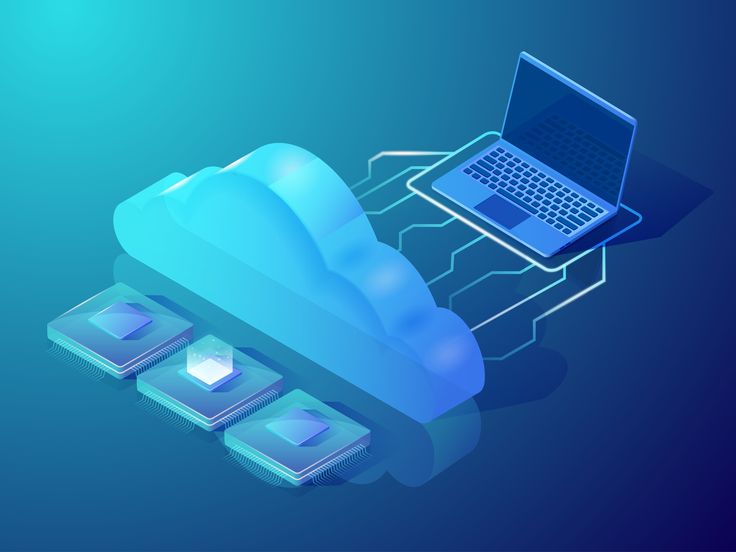In today’s digital world, almost everything we do online—from streaming movies to using apps—relies on cloud computing. You may have heard the term countless times, but what exactly does it mean, and why is it so important? Let’s explore.
1. What Is Cloud Computing?
Cloud computing is the delivery of computing services over the internet (“the cloud”) instead of relying on local servers or personal computers. These services include:
-
Storage – saving files and data online (e.g., Google Drive, Dropbox).
-
Servers – hosting websites, apps, or databases remotely.
-
Networking – connecting devices and applications globally.
-
Software – running programs directly from the cloud (e.g., Microsoft 365, Zoom).
In simple terms, cloud computing lets you use technology resources as a service rather than buying and maintaining your own hardware and software.
2. Why Is It Called “Cloud”?
The term “cloud” comes from the way the internet was often represented in network diagrams—as a fluffy cloud. It symbolizes a system where you don’t need to know the physical location of data or servers; you just access them through the internet.
3. Types of Cloud Computing
Cloud computing comes in different service models:
-
IaaS (Infrastructure as a Service): Provides virtualized hardware resources. Example: Amazon Web Services (AWS).
-
PaaS (Platform as a Service): Provides platforms for developers to build applications without managing infrastructure. Example: Google App Engine.
-
SaaS (Software as a Service): Provides ready-to-use applications online. Example: Gmail, Slack.
It also has deployment models: public cloud, private cloud, and hybrid cloud, depending on how the services are managed and shared.
4. What Is Cloud Computing For?
Cloud computing is everywhere because it solves multiple problems businesses and individuals face. Here are some key uses:
-
Data Storage: Save and access files from anywhere in the world.
-
Collaboration: Teams can work together on shared platforms like Google Workspace.
-
Scalability: Businesses can quickly expand their computing power without buying new hardware.
-
Cost Efficiency: Pay only for the resources you use instead of investing in expensive systems.
-
Disaster Recovery: Data stored in the cloud can be backed up and restored easily after failures.
-
AI and Big Data: Cloud services power machine learning models and massive data analysis.
5. Everyday Examples of Cloud Computing
You may already use cloud computing daily without realizing it:
-
Watching shows on Netflix or Amazon Prime.
-
Backing up photos on iCloud or Google Photos.
-
Playing online games with global servers.
-
Attending meetings on Zoom or Microsoft Teams.
6. The Future of Cloud Computing
With the rise of 5G, artificial intelligence, and edge computing, the cloud is becoming even faster and more powerful. It will continue to play a major role in industries like healthcare, finance, education, and entertainment.
Final Thoughts
Cloud computing is more than just a buzzword—it’s the backbone of modern digital life. By providing flexible, scalable, and cost-effective solutions, it enables everything from personal storage to enterprise-level innovation. Whether you’re a casual user or a business leader, understanding cloud computing helps you appreciate the technology powering our connected world.

